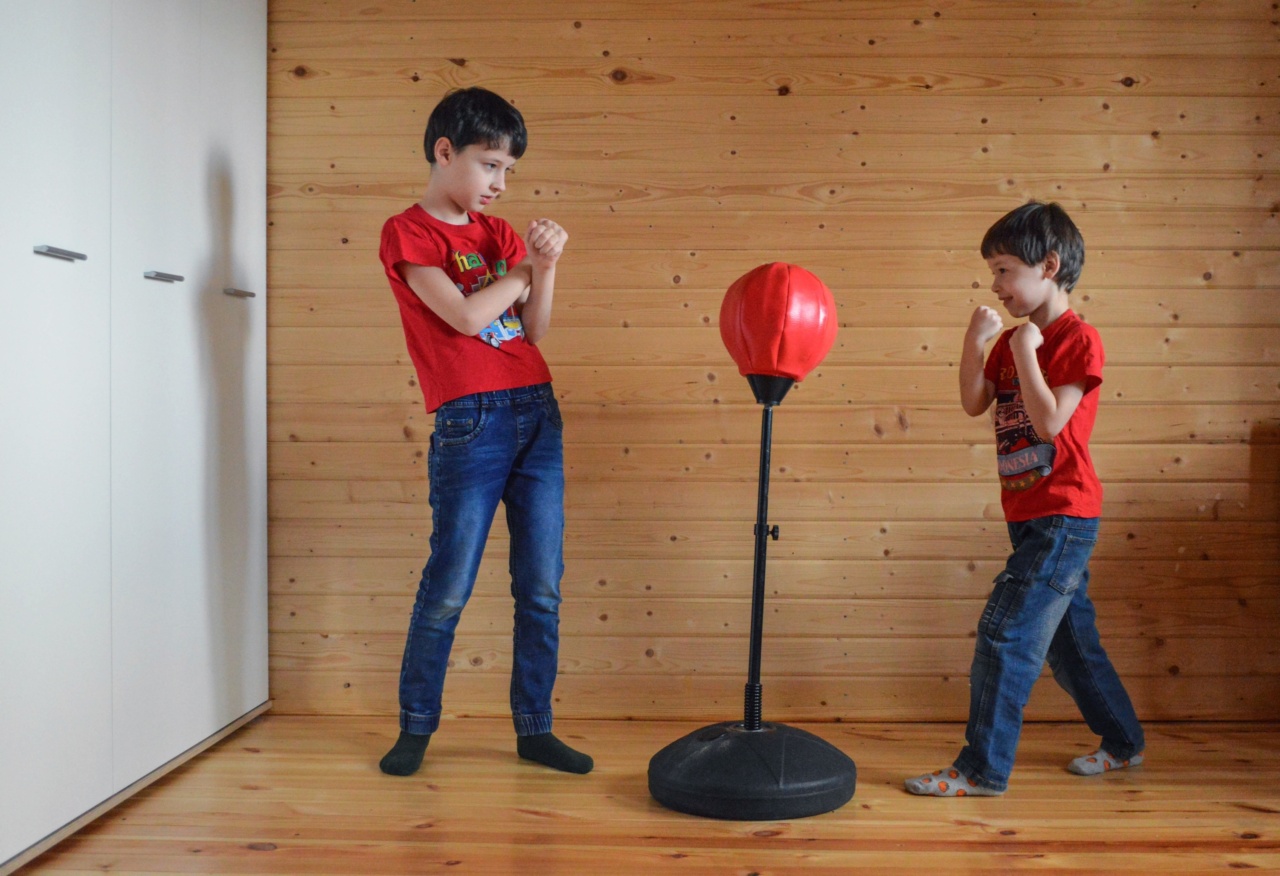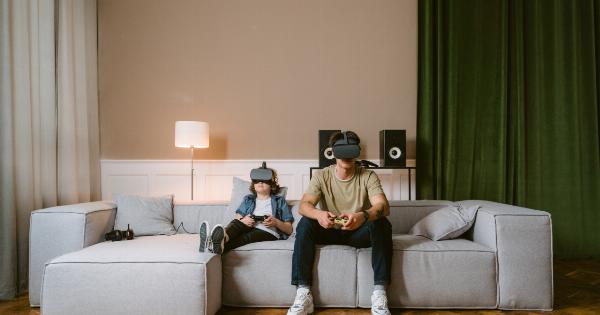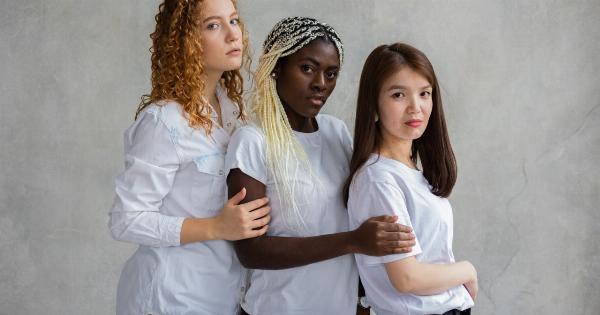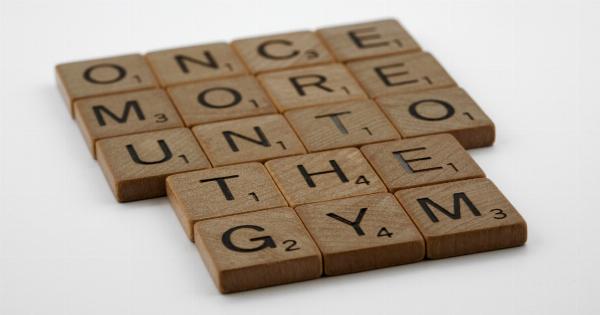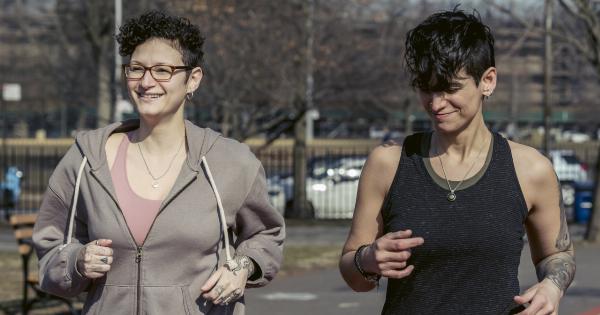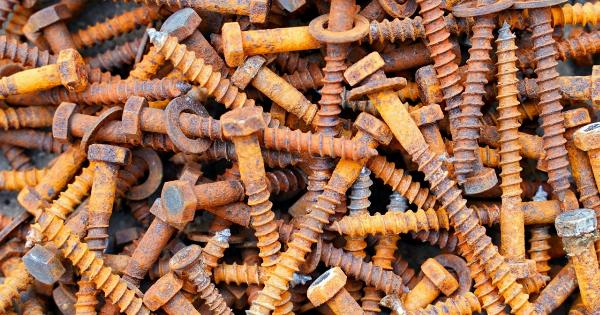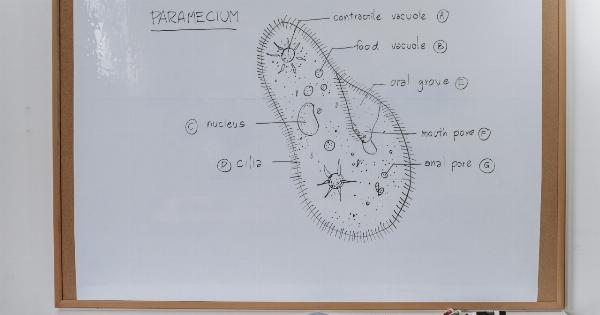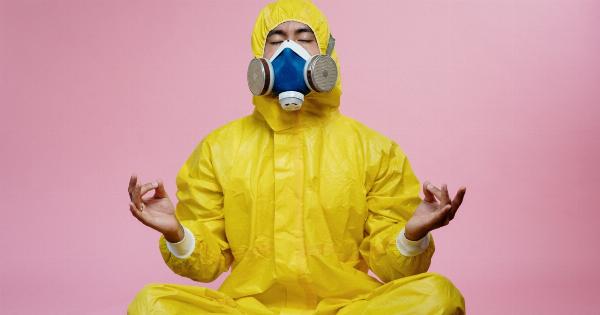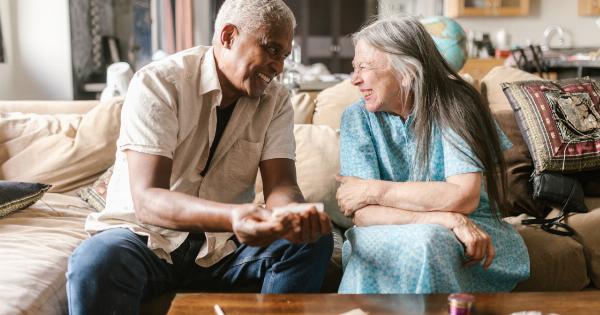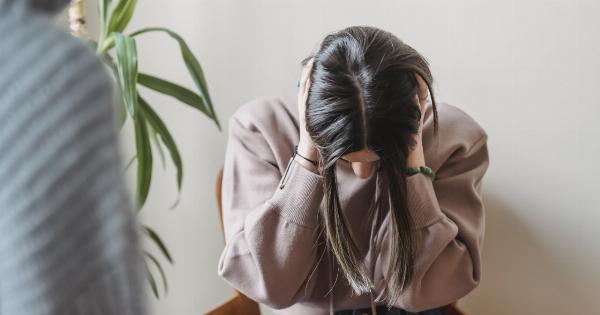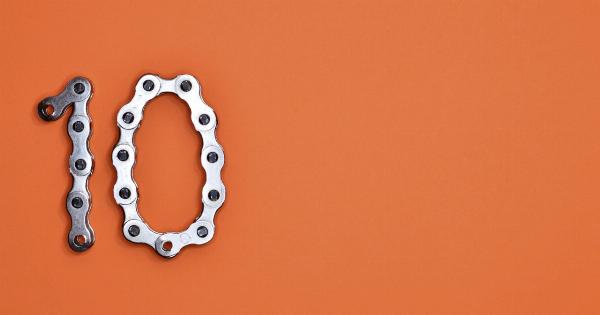As we age, our body goes through many changes. Some of these changes are visible, while others are not. In this article, we will discuss the physical changes that indicate age:.
1. Wrinkles and Sagging Skin
One of the most obvious physical changes that indicate age is wrinkles and sagging skin. As we age, our skin loses elasticity and collagen, which can cause wrinkles and sagging skin.
These changes are most noticeable in areas such as the face, neck, and hands. While these changes are a natural part of the aging process, there are steps you can take to slow down the process, such as staying hydrated, protecting your skin from the sun, and using anti-aging skincare products.
2. Gray Hair
Gray hair is another physical change that indicates age. As we get older, our hair follicles produce less melanin, which gives hair its color. This results in gray, silver, or white hair.
While gray hair is a natural part of the aging process, many people choose to dye their hair to maintain a youthful appearance.
3. Age Spots
Age spots, also known as liver spots, are flat brown or black spots that appear on the skin as we age. These spots are caused by exposure to the sun and are most common on areas such as the face, hands, and arms.
While age spots are not dangerous, they are a visible sign of aging. To prevent age spots, it’s important to protect your skin from the sun by wearing sunscreen and protective clothing.
4. Joint Pain
Joint pain is a physical change that can indicate age. As we get older, our joints undergo wear and tear, which can cause pain and stiffness. This is especially true for weight-bearing joints such as the knees and hips.
While joint pain is a common part of aging, there are ways to manage it, such as staying physically active, maintaining a healthy weight, and seeking medical treatment if necessary.
5. Reduced Vision and Hearing
Reduced vision and hearing are two physical changes that can indicate age. As we age, our eyes and ears undergo changes that can affect our ability to see and hear.
It’s common for vision to become blurry, and for hearing to decline, particularly in high-frequency sounds. While these changes are a normal part of aging, it’s important to have regular vision and hearing tests to detect any issues early.
6. Decreased Muscle Mass
Decreased muscle mass is another physical change that can indicate age. As we get older, our muscles undergo age-related changes, which can cause them to shrink and weaken.
This can make everyday tasks more difficult and increase the risk of falls and injury. To prevent muscle loss, it’s important to engage in regular exercise and eat a balanced diet rich in protein.
7. Changes in Posture
Changes in posture are a physical change that can indicate age. As we age, our spine can undergo changes, which can cause us to lose height and develop a hunched posture. This can also affect balance and increase the risk of falls.
To maintain good posture, it’s important to engage in regular exercise, sit and stand up straight, and avoid carrying heavy items.
8. Thinning Hair
Thinning hair is another physical change that can indicate age. As we get older, our hair follicles can shrink, which can cause hair to become thinner and less dense.
Thinning hair can affect both men and women and can be caused by genetics, hormonal changes, and environmental factors. To manage thinning hair, it’s important to maintain a healthy diet, avoid harsh styling products, and use gentle hair care products.
9. Changes in Sleep Patterns
Changes in sleep patterns are another physical change that can indicate age. As we get older, our sleep patterns can change, with many people experiencing difficulty falling or staying asleep.
This can be caused by hormonal changes, medical conditions, and lifestyle factors. To improve sleep quality, it’s important to maintain a regular sleep schedule, avoid caffeine and alcohol before bedtime, and create a relaxing sleep environment.
10. Slower Healing and Recovery Times
Slower healing and recovery times are a physical change that can indicate age. As we get older, our body’s ability to heal and recover from injury or illness can decrease.
This can be caused by many factors, including a weakened immune system and changes in hormone levels. While slower healing and recovery times are a normal part of aging, it’s important to seek medical attention for any injuries or illnesses that do not improve.
